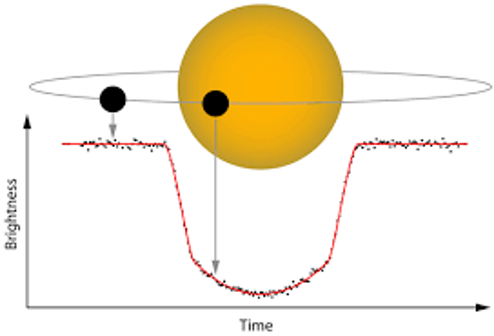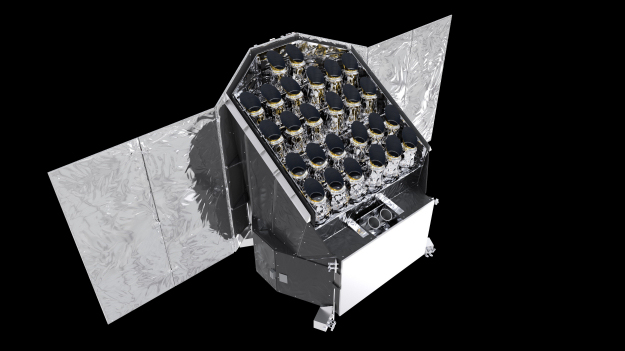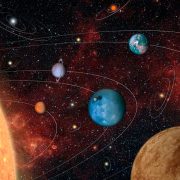PLATO (PLAnetary Transits and Oscillation of stars) will be the 3rd medium-sized mission (M3) of the European Space Agency’s science programme (Cosmic Vision). It was selected in February 2014, with a launch planned for the end of 2026 and a lifetime of 6 years, extending to the first five years of the 2030s. PLATO will place European researchers, and Spanish researchers in particular, at the forefront of exoplanet research, taking advantage of the experience acquired or to be acquired with pioneering missions such as CoRot, Kepler, TESS and Cheops, as well as with the development of ground-based instrumentation to measure the radial velocities of stars that are candidates to host exoplanetary systems (such as CARMENES at Calar Alto).
PLATO will be the first mission with the capability to identify and characterise Earth-like planets in the habitable zone of stars like the Sun. At the national level, this is a project coordinated with the IAA, UGr/UPM, IAC and INTA’s LINES. At the international level, PLATO is being developed by an international consortium with more than 500 researchers in practically all European countries. The leadership is held by DLR/Berlin, and the main contributions to the mission are provided by Italy, Spain, the United Kingdom and France.
The PI1 of this project, J. Miguel Mas Hesse, is Co-Principal Investigator of the mission at European level. The current project covers the C/D phase of the mission payload development, as well as the preparation and exploitation of the associated science data.
Within INTA, the organisation of the work teams is as follows:
- Coordinator and liaison with the AEI: J. Miguel Mas Hesse (IP1 of the project)
- Responsible for the scientific activity: David Barrado (IP2 of the project)
- Responsible for technical development: Ana Balado, Head of the Flight Segment Area of INTA’s Space Programmes and Systems Department (Project Manager for the activity at ESA).
The development of PLATO has been funded by the State Research Agency since 2009. The current phase (2020-2024) is supported by the project PID2019-107061GB-C61, managed by INTA.











